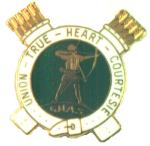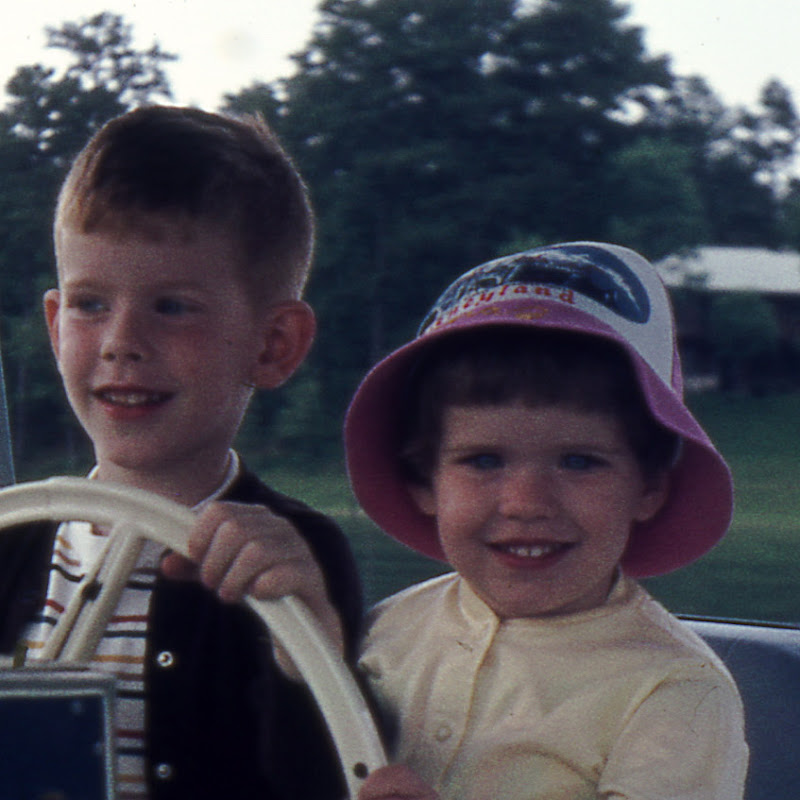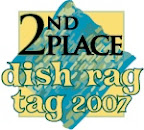So when we last left our heroic professor, she had experienced a blinding brainstorm thanks to the suggestions her students made about their class project. "Parking!" I realized. "We could investigate the parking situation here on campus, find out the truth behind all the rumors and myths running around, make a recommendation to the administration on future transportation spending, and educate the campus community through some sort of campaign!" The plan had the advantage of encompassing a range of concerns that students expressed on the class survey, from the environment to democracy to beautification.
But the first hurdle standing between this dream and its fulfillment were the students themselves, or at least they were in my mind. How would they take this? Would they embrace it? Could I get them to share the enthusiasm of my conversions experience? To my relief, they rallied around it. (I think they were all quite amused at my energetic pitch, but they refrained from making any comments about it to my face.) I apologized to them that we weren't raising funds for orphans or bringing justice to a dictatorship, but they set my mind at ease. "We're keeping it real," one of them remarked. "Yes!" I shouted. That is our motto. Keepin' It Real.
Then it was time to figure out what we wanted to know. There were so many huge gaps in our existing collective dataset. Everyone parks, but few knew anything about the stuff we'd need to know to make a cogent recommendation. (And if we Honors folks didn't know it, we were pretty sure our fellow students, faculty and staff didn't know it either.) We settled on several areas of research:
- History. How did the parking and transportation infrastructure we now have in place come to be? Has it improved or degenerated over time? Where has parking been located in the past, and has there been a trend in its movement? For this we would need the University archives and the services of the redoubtable Jimmy Bryant, Archivist, and interviews with folks who'd witnessed the changes.
- Comparison. What do other universities of comparable size in communities of comparable size do about parking and transportation? Are there some good ideas out there that we could adopt from our sister institutions? Most of the research here could be done on the web, with help from trade publications and journals.
- Innovation. Transportation is an area where technological progress is really on the move (no pun intended). What cutting-edge solutions could become part of the mix at UCA? Again, websites and trade publications were the main sources of information.
- Environment. Parking and transportation comes with significant environmental concerns and impacts. What is the footprint of our current system? And should the land currently occupied by the Jewel Moore Nature Reserve be part of the conversation about the future of parking at UCA? Interviews, archival research, and academic journals could supply some of the answers.
- Costs. What's the bottom line -- how much do parking lots and parking decks cost? And would the University be justified in spending it based on foreseeable demographic and usage trends? This topic required digging through spreadsheets, talking to planners, and making some connections between disparate pieces of information.
What struck me about this list was that nearly all these questions represented stuff I really wanted to know. It included the mandate to find out the reality behind comments, rumors, and scuttlebutt I'd heard here and there with no indication of its veracity. And the students raised the same point: "I was told ..." "I've always heard ..." "I thought ..." Yes, we all have and we all did. Now's the time to find out! I got more and more excited as I contemplated the thick layer of uncertainty (and downright misinformation) that we could sweep away with our research.
Students attached themselves to one of these five areas and started digging. But the story doesn't end with what they found out. More questions and ideas for the active generation of knowledge emerged as we went. Next time I'll talk about phase 2 of the project, which involved moving out of the research stacks and onto the streets.





No comments:
Post a Comment